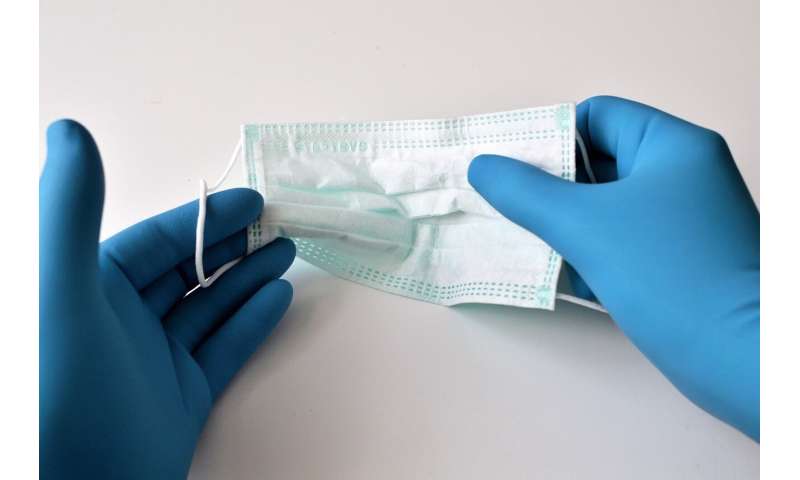Research offers new way to forecast COVID-19 cases, study impact of public health measures

A statistical estimation technique developed by a University of Notre Dame researcher offers public health officials a new way to build short-term forecasts of coronavirus diagnoses and deaths. It also provides additional insight into the effectiveness of earlier pandemic mitigation measures in 30 countries.
As the COVID-19 pandemic began to spread globally in early 2020, doctors and policymakers emphasized the need to “flatten the curve,” or slow the spread of the virus over time. Zifeng Zhao, an assistant business analytics professor at Notre Dame’s Mendoza College of Business, and his colleagues, Feiyu Jiang of Tsinghua University and Xiaofeng Shao of the University of Illinois, wanted to build a statistical framework that could demonstrate if and how various policy interventions impacted the spread and death. They also wanted to provide a way for countries to understand the unique growth rate pattern within their borders.
“Our study aims to provide an accurate statistical model for the trajectory of the cumulative confirmed cases and deaths of COVID-19 in a given country, for example in the U.S.,” Zhao said. “With an accurate statistical model, we can better understand the historical dynamics of the pandemic and if past public health interventions helped slow down the transmission. Furthermore, we can produce better forecasts of future confirmed cases, thus providing crucial information for data-driven public health decision-making.”
They documented their work in “Time Series Analysis of COVID-19 Infection Curve: A Change-Point Perspective,” forthcoming in the Journal of Econometrics.
Recognizing that the speed of the virus’s spread would change over time as governments and health officials mounted responses, the researchers used a time series analysis called a “piecewise linear model” to study the changes. The model allows researchers to look at the trajectory of cases and deaths and study the pace before and after governments enacted different measures to address the pandemic.
However, to do so, researchers needed a way to accurately account for unknown temporal dependencies in their data.
“The key difficulty of the piecewise linear model is that we do not know when the potential phase transitions of the pandemic growth happened beforehand, and thus we need to develop a statistical estimation technique to accurately estimate the unknown phase transition dates, aka change points, from the observed COVID-19 data,” Zhao explained. His research centers on change-point detection, an algorithmic technique used to detect changes or structural breaks in chronologically organized data points. Typically, such algorithms assume temporal independence in the data.
“The new change-point detection technique we developed extends the literature of change-point detection under unknown temporal dependence. We also developed some new theoretical tools to justify the proposed technique,” Zhao said.
Their model revealed similar spread patterns among countries with geographical proximity, particularly in continental Europe and developing Latin American countries.
“In addition,” they wrote, “the transition date from rapid growth phases to moderate growth phases is typically associated with the initiation of emergency measures such as lockdown and mass testing with contact tracing, which partially provides evidence that strict social distancing rules help slow down the virus growth and flatten the curve. Moreover, our analysis further indicates that compared to developed countries, most developing countries are still in the early stages of the pandemic and are generally less efficient in terms of controlling the spread of coronavirus, thus may need more international aids to help contain the epidemic.”
Source: Read Full Article


